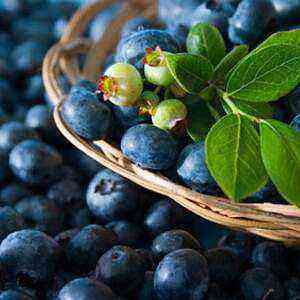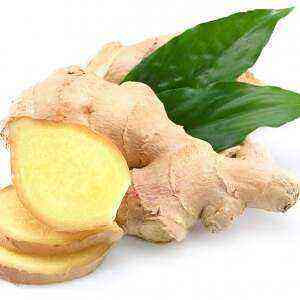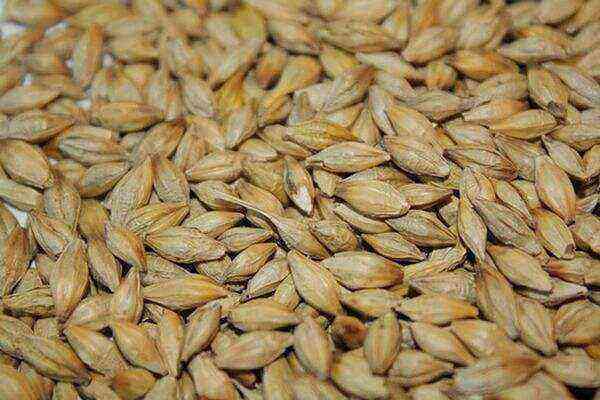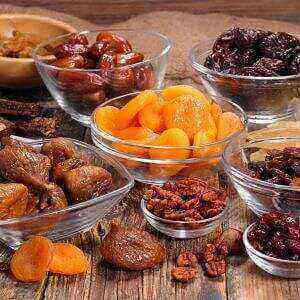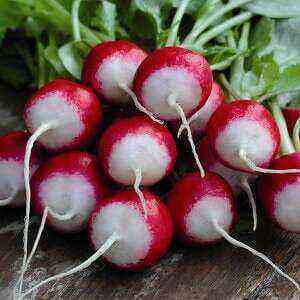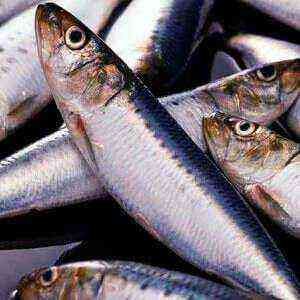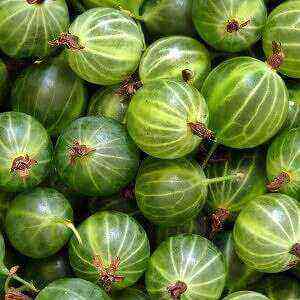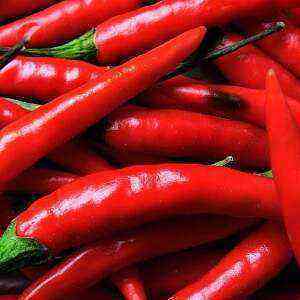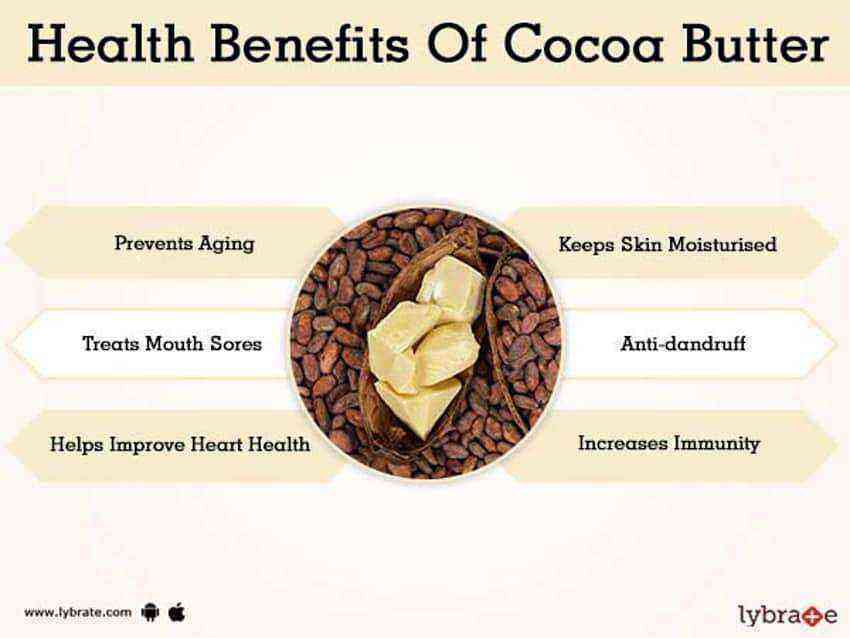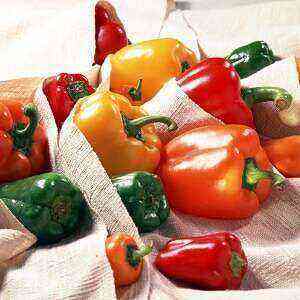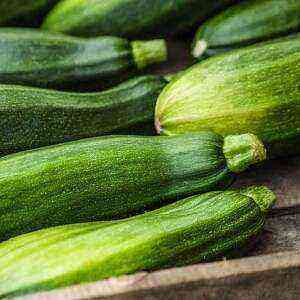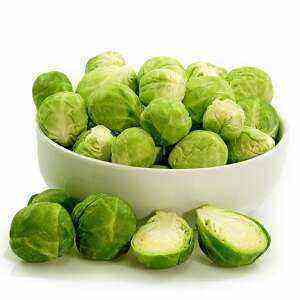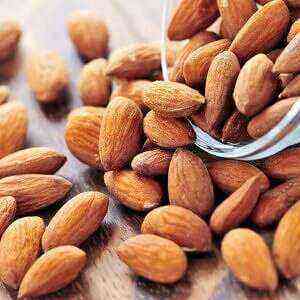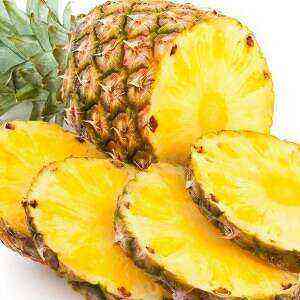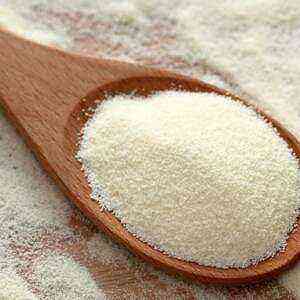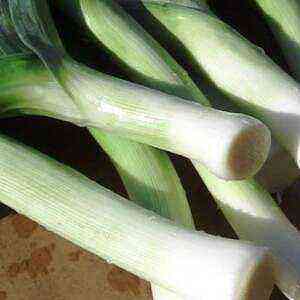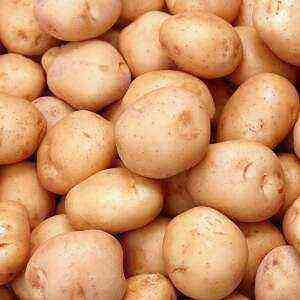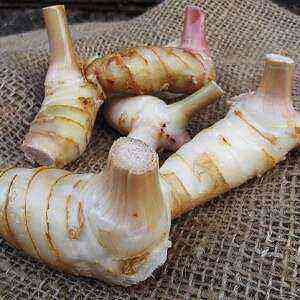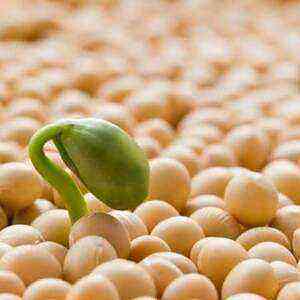
The so-called vegetable protein saturates the body for a long time and increases human functionality at times. The only drawback of soybeans (and all legumes) is the need for prolonged heat treatment. In the best case, you will have to cook for 90 minutes and periodically add water to a saucepan with soybeans, at worst – soak it for a day in water of a certain temperature.
General product characteristics
Cultivated soybeans are characterized by a heterogeneous stem texture. It can be both thin and thick, lowered down under the pressure of the sheets, or completely naked. The length of an adult plant varies from 15 cm to 2 m. The leaves are lowered, the venation is pinnate, the shape is formed from 3-9 sectors. The plant produces a neat flower that is colored in a unique shade of purple.
The fruit looks traditional for a legume plant: it opens with two valves along the dorsal and ventral sutures, contains a small amount of seeds (no more than 3). The beans take on an oval shape, are resistant to cracking, and are about 4–6 cm in size. The seeds are enclosed in a special valve – the pericarp, which consists of three layers. It protects the inside from the aggressive external environment and negates the possibility of cracking. The pericarp is quite plastic, has the property of contracting and unclenching, if necessary.
The seed coat of the beans is smooth and shiny, resistant to liquids. The root and kidney are located under it. These are the main and largest organs of the soybean embryo. The beans are painted in one of the shades of yellow, orange, black, green or brown.
Useful Properties

Soy is shown .:
- patients with diseases of the gastrointestinal tract (ulcer / gastritis);
- people with cardiovascular pathologies;
- diabetics;
- patients with diseases of the musculoskeletal system.
Soy stimulates the development of beneficial intestinal bacteria, saves people from dysbiosis and is a kind of prevention of problems with the gastrointestinal tract (GIT). This product is also necessary for women during menopause. farmer-online.com… It compensates for low estrogen production and stabilizes both physical and psycho-emotional health.
Chemical composition
Vitamin composition (in milligrams per 100 grams of raw grain)
Retinol (A) 0,012 Beta-carotene 0,07 Thiamine (B1) 0,94 Riboflavin (B2) 0,22 Choline (B4) 270 Pantothenic acid (B5) 1,75 Pyridoxine (B6) 0,85 Folic acid (B9) 0,2 Tocopherol (E) 1,9 Biotin (H) 0,06 Nicotinic acid (PP) 9,7
Nutrient balance (in milligrams per 100 grams of raw grain)
Macronutrients, mg
Potassium (K) 1607 Calcium (Ca) 348 Magnesium (Mg) 226 Sodium (Na) 6 Sulfur (S) 244 Phosphorus (P) 603 Chlorine (Cl) 64
Trace elements, mg
Aluminum (Al) 0,7 Boron (B) 0,75 Silicon (Si) 177 Iron (Fe) 9,7 Iodine (I) 0,0082 Cobalt (Co) 0,312 Manganese (Mn) 2,8 Copper (Cu) 0,5 , 0,099 Molybdenum (Mo) 0,304 Nickel (Ni) 0,067 Strontium (Sr) 0,12 Fluorine (F) 0,016 Chromium (Cr) 2,01 Zinc (Zn) XNUMX
Use of the ingredient in cooking
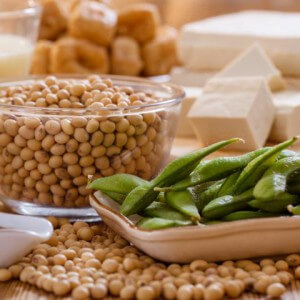
Among the products containing soy are noted:
- tofu cheese;
- yogurt (yofu);
- chocolate;
- cereal protein bars;
- ice cream;
- milk.
All of these foods are low in calories and can be incorporated into the diet.
After heat treatment, soybeans become soft, slightly crumble and filled with a sweetish nutty taste. Boiled beans can be used as a side dish, added to salads, served with meat, fish dishes, and even used as a dessert.
In cooking, soy acts as a vegetable substitute for meat. The ingredient is used to make sauces, oils, and drinks. The special soy extract makes the dish incredibly tasty. The combination of tart and sweet nutty notes adds a certain sophistication to food.
Soy can also be used to make:
- pate;
- homemade sausage;
- vegetable stew;
- a snack with the addition of meat or fish ingredients.
Smooth Pho Soup Recipe Using Soy Sprouts
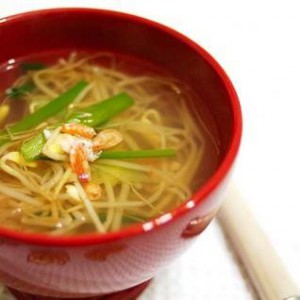
- boiled beef – 250 g (can be replaced with chicken);
- ginger – 50 g;
- onions – 2 pcs.;
- sauce for fish dishes – to taste;
- cinnamon – 2 pcs.;
- star anise – 5 pcs.;
- black peppercorns – to taste;
- rice noodles – 150 g;
- soy sprouts – 150 g;
- beef broth – 1 l;
- green onions – 4 stems;
- herbs and spices to taste.
Preparation
Cut the vegetables into small cubes, chop the selected herbs. Pour the fish sauce into the broth, add onions, ginger, cinnamon, star anise and your favorite spices. Taste the dish constantly to navigate the specifics of the taste. Once you find the perfect dosage, stop and move on to the next cooking step. Bring the spicy broth to a boil and leave to simmer for about 20-30 minutes – so the broth is saturated with the taste of each spice.
Strain the finished broth, add the rice noodles and put it back on medium heat for 5-7 minutes. Remove the finished noodles with a slotted spoon and put on a plate, adding soy sprouts and boiled beef there. Pour the meat broth over the dish, add a drop of lime or lemon and serve.
How to choose soybeans
The sale of soybeans is no different from the sale of our usual peas or beans. The product is packaged, packed in polyethylene, cardboard or craft paper containers and transported to the required outlet. Make sure that the package contains only soybeans. There should be no foreign objects such as sprouts, debris and stems.
The color of soybeans can be varied – from black to snow-white. The quality and taste of soy is absolutely independent of the shade, so focus on the aesthetic appearance of the ingredient.
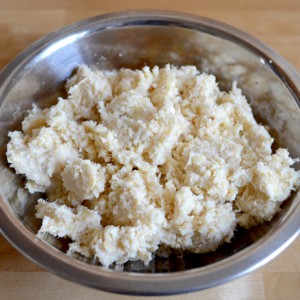
How to store soybeans
The product is absolutely unpretentious and can be stored as you wish. The main condition is to limit exposure to sunlight, moisture and pests. Do not be afraid to store large quantities of soybeans in boxes / crates – this will not affect the quality of the beans. The product can be placed in craft bags (tightly sealed) or glass jars. Don’t be afraid to use any container you can find. This will not affect the taste of the product and the term of sale.
Contraindications to use
It is forbidden to introduce soy into the diet of patients with urolithiasis. Beans contain specific substances (oxalates) that stimulate the formation of new stones and worsen the current course of the disease ..
The pathologies that can be triggered by excessive consumption of soy include the following .:
- asthma;
- conjunctivitis;
- Alzheimer’s disease,
- dermatitis,
- eczema;
- acceleration of the aging process;
- miscarriage;
- disruptions in the development and formation of the brain in the fetus during pregnancy.
Experts do not recommend giving soy to young children. The body may react adversely to the product and respond with thyroid disease or an allergic reaction ..
Soybean genetics
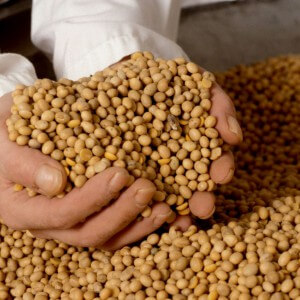
Soy has become one of the many crops that have undergone genetic changes. It is genetically modified, not plant-based, soy that is now included in most food products. Scientists who discovered the amazing properties of genes gradually began to introduce beans into everyday life, reinforcing the public with new information about the quality, safety and benefits of using soybeans.
In 2006, 92% of all cultivated areas in the United States were planted with this plant component. .… Imports grew at a cosmic rate, but the world was only partially able to accept a genetically modified organism (GMO). People were afraid of this acronym, protested against artificial products and boycotted manufacturers.
Agronomists have benefited from genetically modified soybeans, because such a product has become much easier, faster and cheaper to grow. At the same time, the price of the plant remained stable.
Research and development continues to this day. Some countries refuse to use soybeans, use special IP-certification to track the supply of herbal ingredients grown in a traditional way. Manufacturers undertake to provide information on the organic or genetic origin of the components included in the composition. Unfortunately, many manufacturers began to speculate with the term “organic”, but the modern consumer does not pay attention to bright inscriptions and labels, but simply carefully examines the composition.
Potential risks associated with the use of genetically modified foods
There are three main categories of risks: food, environmental and agrotechnical. .… Let’s dwell on the first two separately.
Food risks
Frequent and prolonged use of genetically modified foods leads to a decrease in the protective function of the immune system. The transgenic protein can cause an allergic reaction and act as a stimulating allergen for other infections and pathologies.
Scientists note that people who consume artificial foods have decreased susceptibility to antibiotics, which complicates the treatment process. With soy, specific marker genes enter the body, which block the drug, reduce its effectiveness and can lead to the death of a person. Artificial products accumulate herbicides and increase the risk of developing cancer [8].
Environmental risks
The most common but significant risk is the extinction of most plant species. If they can be created artificially with a minimum waste of time and effort, then there is no point in costly “living” plants.
The technology for creating GMOs is extremely imperfect. Scientists themselves may not be fully aware of the possible risks associated with such products. Studies for 1998 (Great Britain), 2003 (Italy), 2006 (Russia and Australia) revealed that the human body does not accept genetically modified foods well [8]… Some see a direct relationship between the introduction of GMOs and the rise in global obesity, cancer and allergies.
No fatalities as a result of GMO consumption have been recorded in the world. But there is a risk that the reaction of our body will appear after several generations in the form of mutations, congenital pathologies and even degeneration. A person must make a choice for himself: to use GMOs or not.
In any case, you can find a plant analogue of the required product. Its cost and some list of characteristics will differ from the artificial one, but you will definitely be sure of your own health.
Sources of

